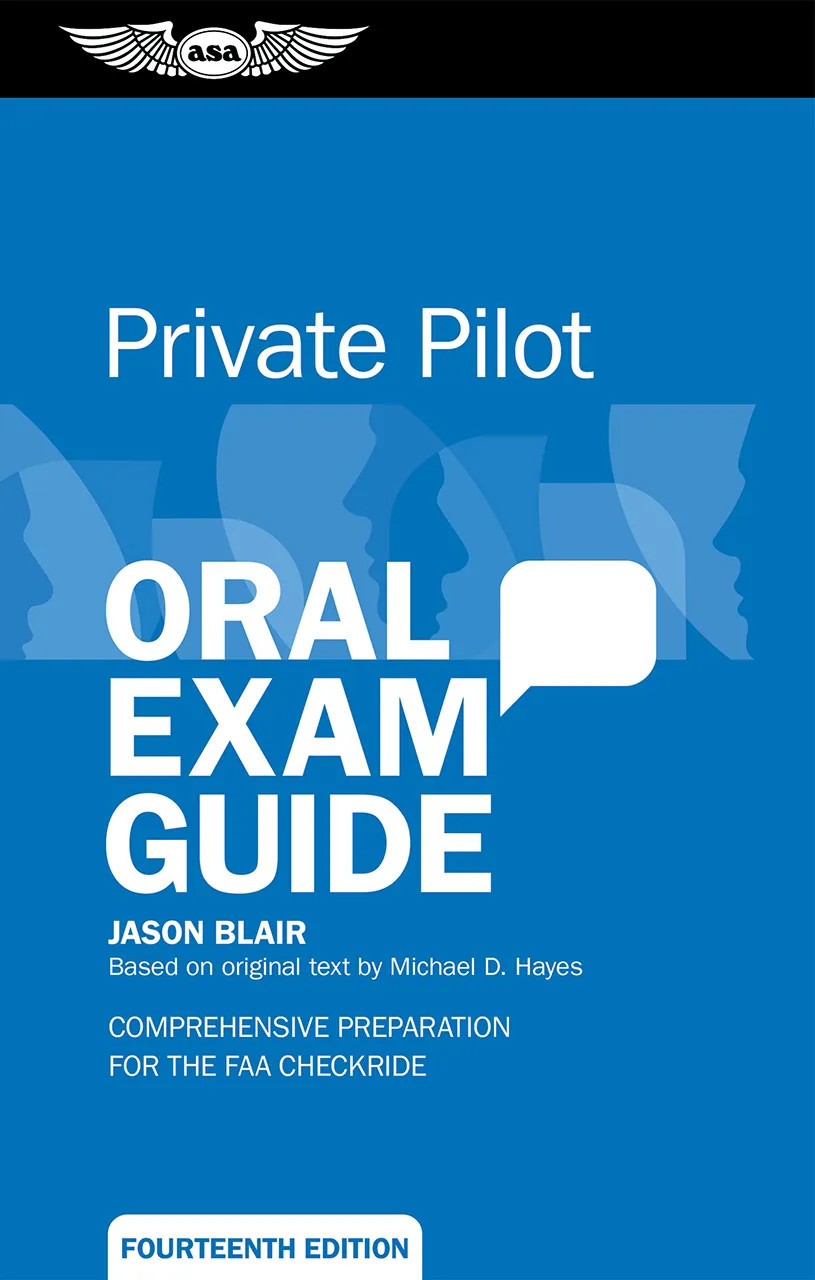 Have you dreamed of flying professionally since you were old enough to spy a jet crossing the sky? Or do you have a son or daughter considering becoming a pilot as a career?
Have you dreamed of flying professionally since you were old enough to spy a jet crossing the sky? Or do you have a son or daughter considering becoming a pilot as a career?
This book is designed to help understand and navigate that pathway and be successful while maximizing efficiency and minimizing expenses.
The path to a pilot career can be rigorous and expensive, but fortunately, you have a knowledgeable advisor to help get started and navigate the pathway.
Aviation writer, instructor, and FAA Designated Pilot Examiner Jason Blair brings his familiarity with the training environment, his understanding of airline hiring practices, and many specific details of the training process, making
An Aviator’s Field Guide to the Pilot Career Path a unique book that focuses on the pathway to get to the final goal, a professional pilot job and career.
The book offers information to help a reader for themselves, a family member, or a significant other learn about financing training, medical concerns and questions, how parents can best help their children pursue the path, how to choose the best training provider, and how to be most efficient in training efforts.
The Pilot Career Path is a road map for pilots (or parents of pilots) seeking to understand the path from starting pilot training to being eligible to be a professional pilot in an airline, charter or corporate operator, or any number of other jobs.
Get this book today if you or someone you know is considering training for a professional pilot career and be sure to also follow the blog content on this page for supplemental tips and tricks that go with the book!
Visit www.thePilotCareerPath.com for more information about the book resources for pilots looking to start or in the process of career pilot path training, and more!
You can get more information at www.AnAviatorsFieldGuide.com.
Or buy the book on Amazon.com by clicking here.
Or buy the book direct from the publisher, ASA, by clicking here.
Or buy the book from Aircraft Spruce by clicking here.

